How to Vent a Bathroom Fan Through Soffit?
Modern-day home designs tend to make it more difficult to allow proper ventilation. Many people think that a small window or a fan can make it solve the ventilation problem of the bathroom. But they soon realize how wrong they were when they encounter mold on the wall.
Venting your bathroom fan through a soffit is an easy solution. The article will floor upon how you can properly install it. But we didn’t stop there. You may not be in the position to install through soffits, so we have cleared up other options as well as covering your curiosities.
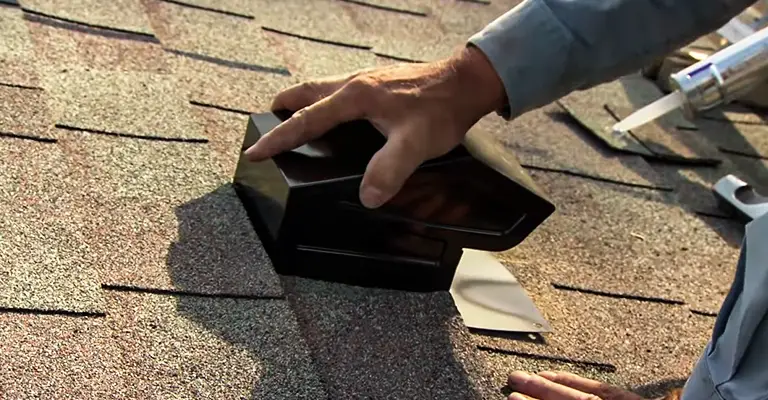
Why Your Bathroom Should Have an Exhausting Vent Fan
Bad odors or smells should be the least of your worries inside a bathroom. Just think of where all this water on the floors goes to after being dried up. You guessed it right, they go into the air, making the air around the bathroom full of moisture. The last thing you would want any guest seeing is ruined walls & paints all around your bathroom premises.
Not to mention you will be finding molds on the walls & termites around your home in a matter of time. So before you need to do a total remodeling of your entire home, you can make a simple solution of installing an exhaust vent fan to get rid of all the moisture.
Can I Vent Bathroom Fan Through Soffit?
Yes, you can vent the bathroom fan through soffit. This eliminates the need for you to make a hole in the roof or your walls. If you are looking for a DIY install, roof ventilation is a risky job. Even for the second story bathroom, you can access the attic to vent the moisture outside.
How to Vent a Bathroom Fan Through Soffit?
Avoiding Bends in the Hose
A soffit exhaust vent cover is installed in a straight line as much as possible from the bathroom exhaust fan. Airflow is best conducted when it has fewer bends all across the hose. If there are bends or dips, then that means the moisture in the air can accumulate in those low parts from condensation.
You may also like to read – best dryer vent hose
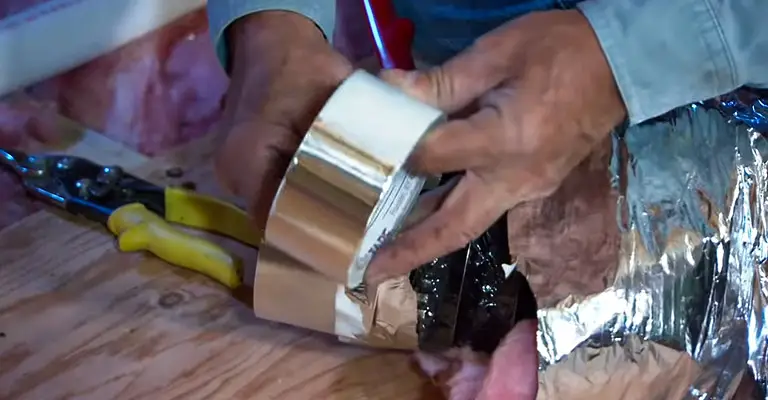
Ideal Vent Hose Size
Before going off to install a new duct vent, you need to ensure the right size accustomed to your bathroom fan. The more powered bathroom fan you have, the much larger duct size you may need such as 4 or 6 inches.
On the other hand, if your bathroom fans are old, then a small duct size of 3 inches is enough. There are soffit vents that have adapters for already installed 4, 5 & 6 ducting.
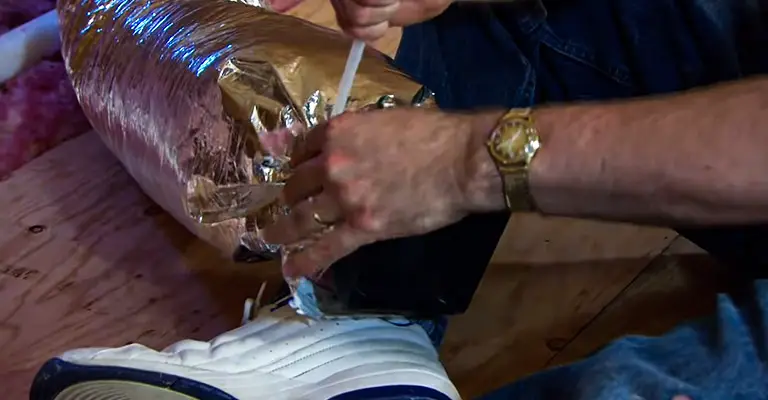
Cutting the Soffit Hole
You need to make sure that the soffit exhaust vent is in the right position between the rafters. Mark the hole with a permanent marker or use the paper template provided by your manufacturer to draw a hole on your soffit.
Your real work starts now- you need to cut the soffit along the marking with a jigsaw. After cutting the hole, place the vent hose to the exact position.
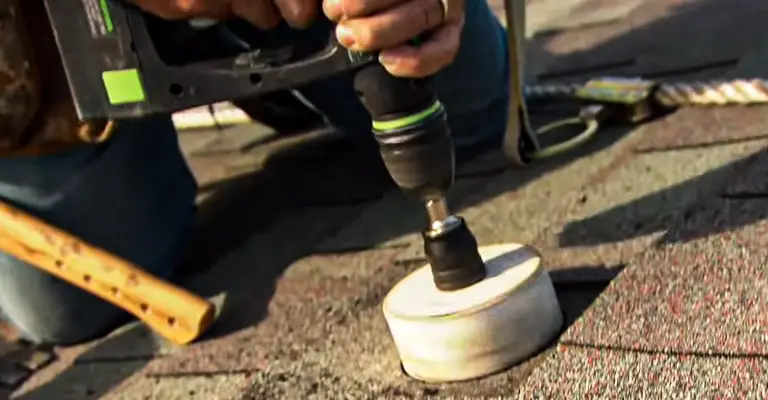
Connecting the Hose to Cover
After placing the vent hose to the hole, you need to pull it through the cut hole. Extra vent housings should be cut to establish a straight line from the bathroom to the soffit hole. The vent should be connected with metal clamps. Even after tightening the clamps with screws, you can use foil tape to ensure that the clamp doesn’t fall off.
Then the part comes when you need to mount the vent cover to the soffit. In doing so, you may need to drill some holes. Using manual screwdrivers & the right screws should be enough for the job.
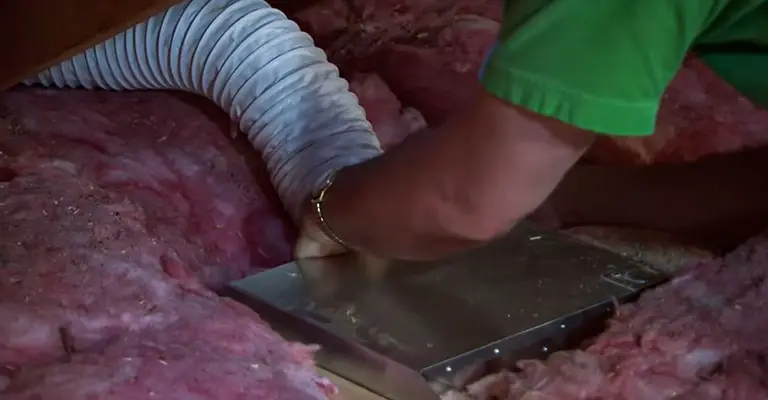
How to Vent a Bathroom With No Outside Access?
You might find yourself in a situation where there is no access to exterior walls from where your bathroom is located and the roof is also out of bounds. In these circumstances, you have to contact your HVAC contractor for a PVC fabricated duct run from a fan mounted on the bathroom wall. It’s better to mount high to capture warm air.
Venting Bathroom Fan Through the Drain Vent
People suggest connecting the bathroom fan with the drain vent. Let us tell you right away, that it is a bad idea to do so. You might think that rather than cutting a hole through the roof that connecting with the drain vent is easier.
But there is a serious risk of sewer gasses entering your home. These gases are not only unpleasant but also explosive if contacted with fire. Good luck claiming your insurance not to mention the injury risk of someone.
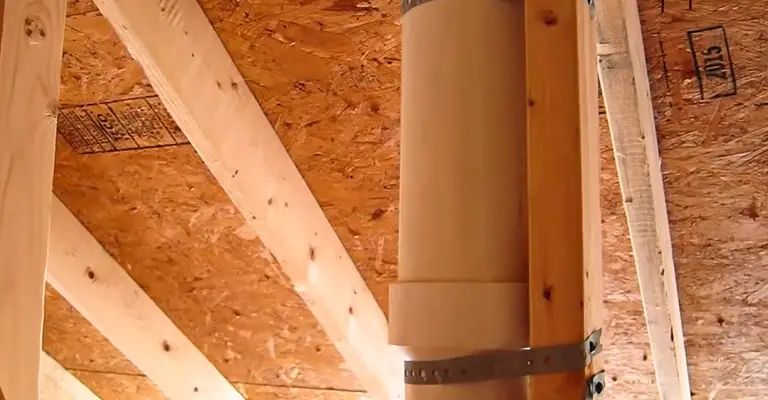
Venting Bathroom Fan Into Attic
You can not vent a bathroom fan directly into the attic. If you exhaust your bathroom fan into the attic then it will cause condensation due to warm air. The moisture will form water droplets that will cause the joints to rot & overtime collapse of the roof.
You need to vent it through the attic terminating it on the roof or the gable end. The vent should go directly outside through the vent hood cover. There should be a flap that prevents any outside air from coming in.
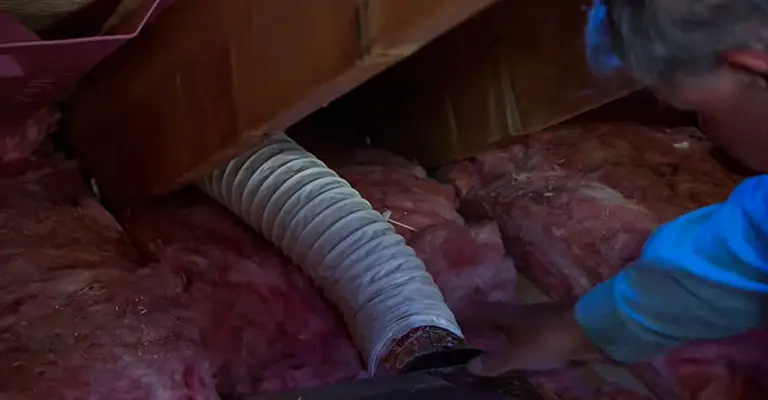
Bathroom Vent Soffit vs Roof
While both soffit & roof vent does the same job of removing the moist air outside, there is one difference that makes them apart. With soffits, there is a downward motion that may bring up the natural airflow from outside bringing the moist air back. So all this moist air now settles as the insulation of the attic bringing mold growth.
FAQ
Q: Can a bathroom fan be vented through an attic window?
Ans: Yes, you can use the attic window to vent your bathroom fan. But you must use a damper in order to prevent any outside air from entering the exhaust pipe to travel down back to your bathrooms. Modern-day vent designs are such that they will exhaust even in the windy days.
Q: Is venting into the attic considered a code complaint?
Ans: Yes, it is considered a side complaint to do so. Because venting the bathroom fan into the attic will lead the attic joints to be dampened due to the moisture of the air. This will lead to the foundation of the entire roof at risk risking the lives of peoples living.
Q: Is it possible to vent the bathroom duct to the ridge vent?
Ans: Yes, you can do so. But when it is warm outside there is the risk of outside air being pulled in through the ridge vent. So venting through the ridge vent can still cause mold growth & damage.
Conclusion
There are a handful of ways to vent your bathroom fan to exhaust the moisture out of your home. Installing a soffit is most probably the easiest way to do so. Not only would the soffit vent the moisture out, but it also eliminates the need to make a hole on your roof.
But you need to act according to your circumstances as there can be times you are unable to access the exterior walls. The most important thing is to follow the building code that applies to your municipalities for bathroom ventilation.
The post How to Vent a Bathroom Fan Through Soffit? appeared first on Home Gear Kit.
